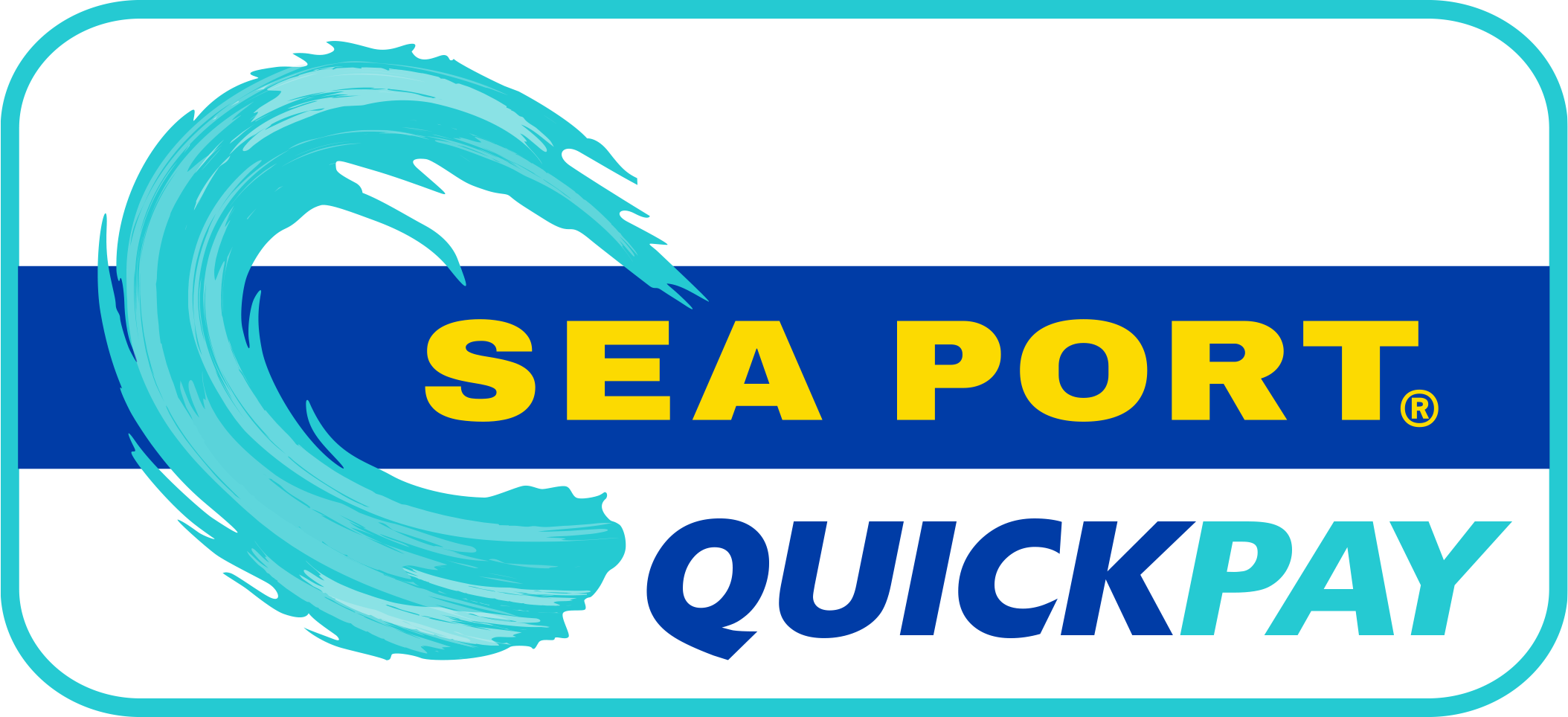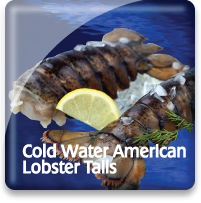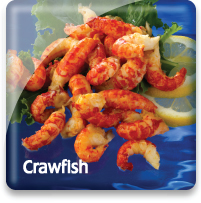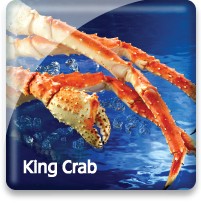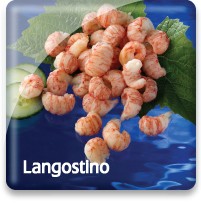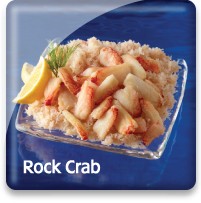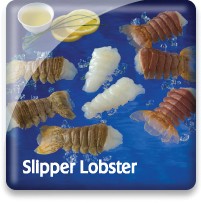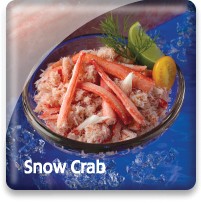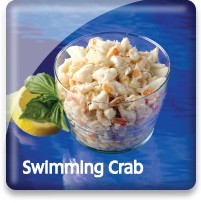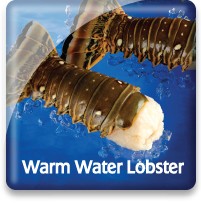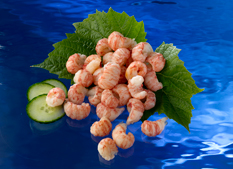
Langostino

Market Name: Eating QualitiesLangostinos have a strong, sweet, lobster-like flavor and a delicate texture that firms when cooked. They are considered a suitable substitute in recipes that call for lobster or shrimp.
   |
Description & CharacteristicsThe langostino, or squat lobster, refers to several different species. FDA also allows the name ‘langostino lobster.’ Langostinos are small, their tails generally measuring less than three inches long. Pleuroncodes monodon is the langostino Colorado, and a similar species, Cervimunida johni, is langostino Amarillo. Both are commercially fished off central Chile. A related species, Pleuroncodes planipes, is found from Baja California south through Central America. The Chilean fishery has been a cycle of boom and bust, first with C. johni and then with P. monodon. Today, fishing is managed and regulated.Although the name langostino is specific enough for this product in the U.S., it can be a source of much confusion with overseas suppliers. Langostino means prawn in Spanish. In some countries it is the official name for a particular species of shrimp. The product widely known and marketed in the U.S. as langostino or langostino lobster is the cooked and peeled tail meat of these small crustaceans—often between shrimp and small lobster in appearance. Quantities are imported into the U.S. from Chile and parts of Central America. Raw product and some shell-on tails are also offered. Langostinos have a strong, sweet, lobster-like flavor and a delicate texture that firms when cooked. They are considered a suitable substitute in recipes that call for lobster or shrimp. Langostinos are especially versatile and commonly utilized in bisques, salads and sandwiches.
Langostinos are commonly packed as five pound IQF for institutional use and may be sold by count sizes which vary, however, generally range: 90-100, 100-200, and 200-300.
There are more than 850 species of langostino, or “squat lobsters.”
Other Resources |
Handling Instructions for Langostino
Cooked IQF langostino meat should be stored at or below 0°F (-18°C) and then thawed properly when ready to consume as a fully cooked product. Our IQF langostino meat has an 18 month shelf life. Links to proper seafood handling instructions: NOAA - Fish Watch: Handling Seafood and A Consumer Guide to Safe Seafood Handling.
Thawing Langostino
Langostino meat should be thawed in a sealed plastic container or bag and placed under refrigeration (33-39°F) for 12-24 hours or until completely thawed. This thawing method produces a high quality product that has retained its delicate texture and flavor. IQF langostino meat can be thawed in less time by placing the product in a colander and running under cold water for 4-8 minutes, however, this quick thaw technique can result in a loss of flavor. Thawed langostino meat should be held at 33-39°F and totally consumed within 3-4 days.
Important Instructions for Langostino
The Federal Food, Drug and Cosmetic Act now requires that all foods that are not raw agricultural commodities and that contain a major food allergen be labeled to clearly identify the name of the food source form which the allergen is derived. (21 CFR U.S.C. 343(w)(1)). The act defines eight foods, and any ingredients derived from these foods as major food allergens: Fish, Crustacean Shellfish, Milk, Eggs, Tree Nuts, Peanuts, Wheat & Soybeans. The name of the food source that must be listed on the label for fish or crustacean shellfish must be the specific type of fish or crustacean shellfish. The market names of species of fish and crustacean shellfish should be used to identify the food source of these two major food allergens. If you intend to re-pack these seafood products, be sure the allergen is declared in either one of two ways:
1) Within the list of ingredients
or
2) In a separate “Contains” statement immediately after or adjacent to the list of ingredients.
Consult the Fish and Fishery Products Hazards and Controls Guidance, Fourth Edition, Chapter 19 for more detailed information on the labeling of food allergens.
Cooking Tips
Our langostino meat is precooked and can be consumed chilled or in various heated preparations. To save time in the kitchen, IQF langostino meat can be added directly (without thawing) to hot cooking recipe preparations if the protective ice glaze is first gently rinsed off. Link to recipes.
Chile
A long, skinny country (2,700 miles long and 110 miles wide), Chile is a land of contrasts. From the Pacific Coast to the high, rugged Andes range that runs the length of the country, Chile has five unique climate zones and growing conditions that favor a wide range of agricultural and fisheries products.
In addition to being the world’s largest exporter of fresh grapes, plums, and fresh fish, Chile is the world’s second-largest producer of farmed salmon.
Wild capture fishery: In addition to such well-known products as Chilean sea bass (Patagonian toothfish), Chilean waters are rich with Merluza (also known as Hake); Congrio; Corvina; swordfish; mussels, scallops, king and snow crab, and surf clams. In addition, Chile is one of the world’s major producers of fishmeal.
Aquaculture: Over the past 20 years, Chile has emerged as an aquaculture powerhouse, becoming the world’s second-largest producer of salmon (Norway is the largest). Salmon species grown in Chile include Atlantic, coho (silver), and some king salmon, as well as steelhead trout). Because of the cool ocean current known as the Humboldt Current, Chile produces salmon in the extreme Southern regions of the Country—equivalent to Madrid and Rome in latitude! These regions are known as the Zona de Los Lagos (Lakes) and Extremo Sur (Extreme South), corresponding with Regions X and XI, and even reaching into Region XI.
Go Blue! Seafood Sustainability Spectrum*Click here for an explanation of our Sustainability Spectrum 
Sustainability AssessmentLangostino Lobsters, often referred to as "squat lobsters," are members of the Galatheid family, and are actually more closely related to hermit crabs than they are to true lobsters or prawns. Langostinos are endemic to all oceans of the world, and range from the tropics and sub-tropics to cold-temperate regions. Sea Port imports two species from Chile, the yellow squat lobster and red squat lobster. This fishery takes place along the Chilean continental shelf in waters from 150 to 500 meters in depth. Sea Port sources from artisanal fishermen who fish close to shore (within 5 miles) and from larger industrialized fleets that fish up to 10 miles offshore.
Because Langostinos have a propensity to aggregate, they are susceptible to overfishing. Langostinos are harvested by bottom trawlers, which can cause substantial damage to benthic, or sea floor, communities. Trawling can also have high rates of bycatch, which in the Chilean Langostino fishery is primarily Chilean hake. Both yellow squat lobster and red squat lobster stocks in Chile are at low biomass levels, but the stocks are conservatively managed, and the likelihood of sustained recovery is good. The Chilean fishery authorities have established a fishing season with a strictly enforced catch quota. This fishery is also evaluated every season as to its sustainability by the Commission for the Conservation of Antarctic Marine Living Resources (CCAMLA). Since 2017, MSC certified two portions of the Chilean Langostino fishery that use new bottom trawls designed to be much more selective to improve the avoidance of bycatch and reduce damage to benthic habitats. 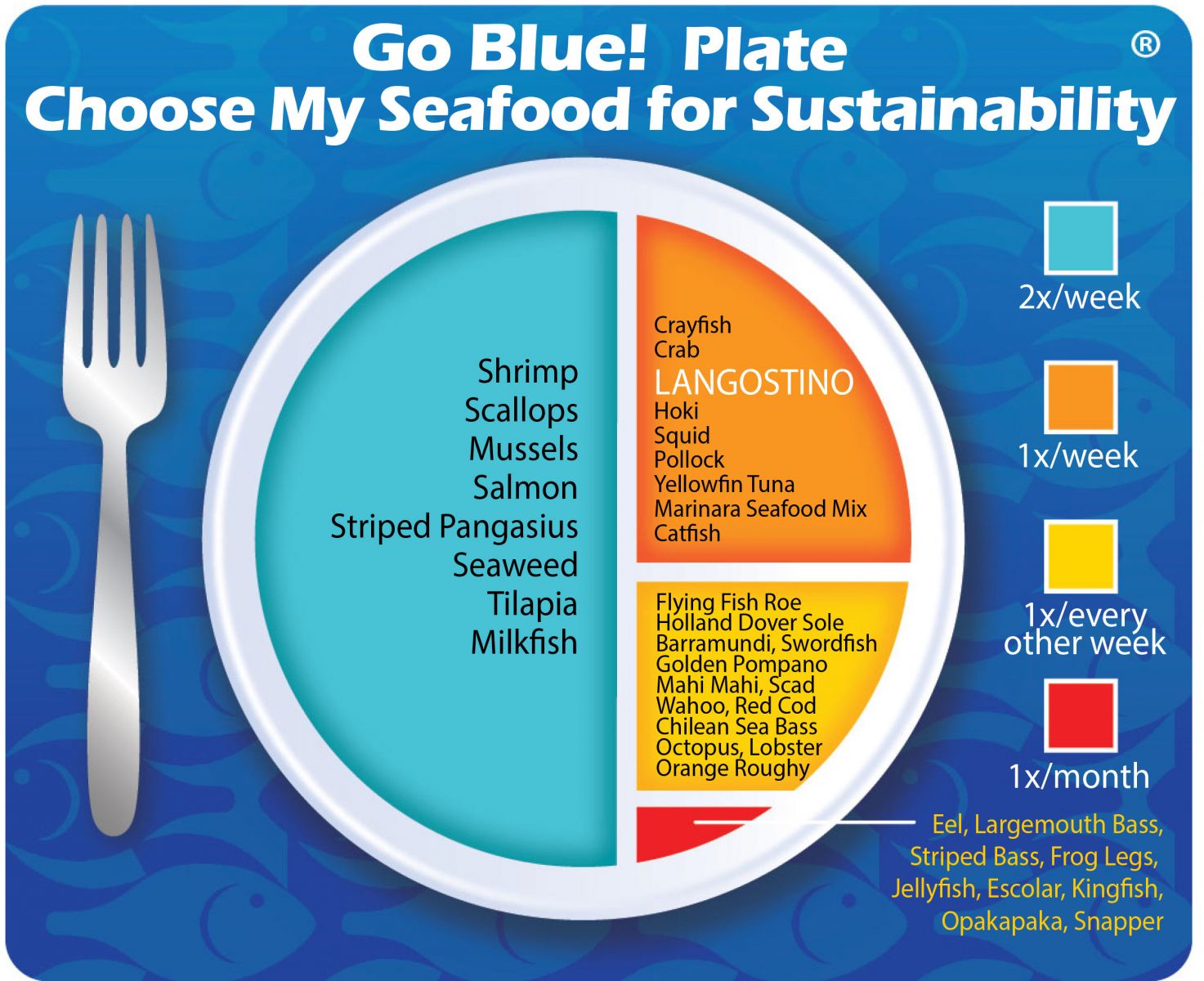
Environmental Impact: ModerateBottom trawls can cause substantial damage to benthic communities. Biomass is low in both fisheries, but Chile manages conservatively, so stocks can be sustainably managed.
Sustainability Improvements NeededContinued work is needed to further find methods to reduce bycatch of unwanted species and damage to benthic habitats. Fishing regulations need to continue to be strictly enforced so the fisheries can move toward becoming more sustainable.
Actions that Sea Port is UndertakingSea Port will continue to import Langostinos from Chile based on the existence of strict Chilean fishery regulations against overfishing and because of the ongoing management input of CCAMLAR and the ongoing efforts of the Marine Stewardship Council. Sea Port believes that such a combined fisheries management approach will allow their customers to sustainably feast on this tasty seafood for many years to come. Sea Port believes that, in aggregate, choosing from a diverse variety of seafood is better for sustaining the world’s seafood resources and that Chilean Langostinos should be a part of this variety. We created the sustainability assessments for each of our seafood items in order to reveal the existing and potential environmental impacts and risks that are associated with producing them for human consumption. This allowed us to establish the starting position for each of our seafood items along our progressive Go Blue! Seafood Sustainability Spectrum®. These assessments are only a single snapshot in time and because of this, we will continue to assess and update the critical sustainability needs associated with our supply sources and issue updates to the Go Blue! Seafood Sustainability Spectrum® as needed. There is a growing global awareness for the need to assure the sustainability of farmed and wild caught seafood and because of this; all around the world positive changes are rapidly occurring at all levels of the seafood supply chain. We will continue to spread this growing awareness and work with our many industry partners to improve the sustainability of all seafood, which we believe is the ideal protein of choice to feed an ever growing world population. Our Go Blue! Seafood Sustainability Spectrum® serves as our compass and yardstick as we strive to move all our products forward to becoming more sustainable. Please join us in this committed quest and Catch Our Wave® to sustainability by choosing a diverse variety of responsibly produced seafood as part of your diet.
|

